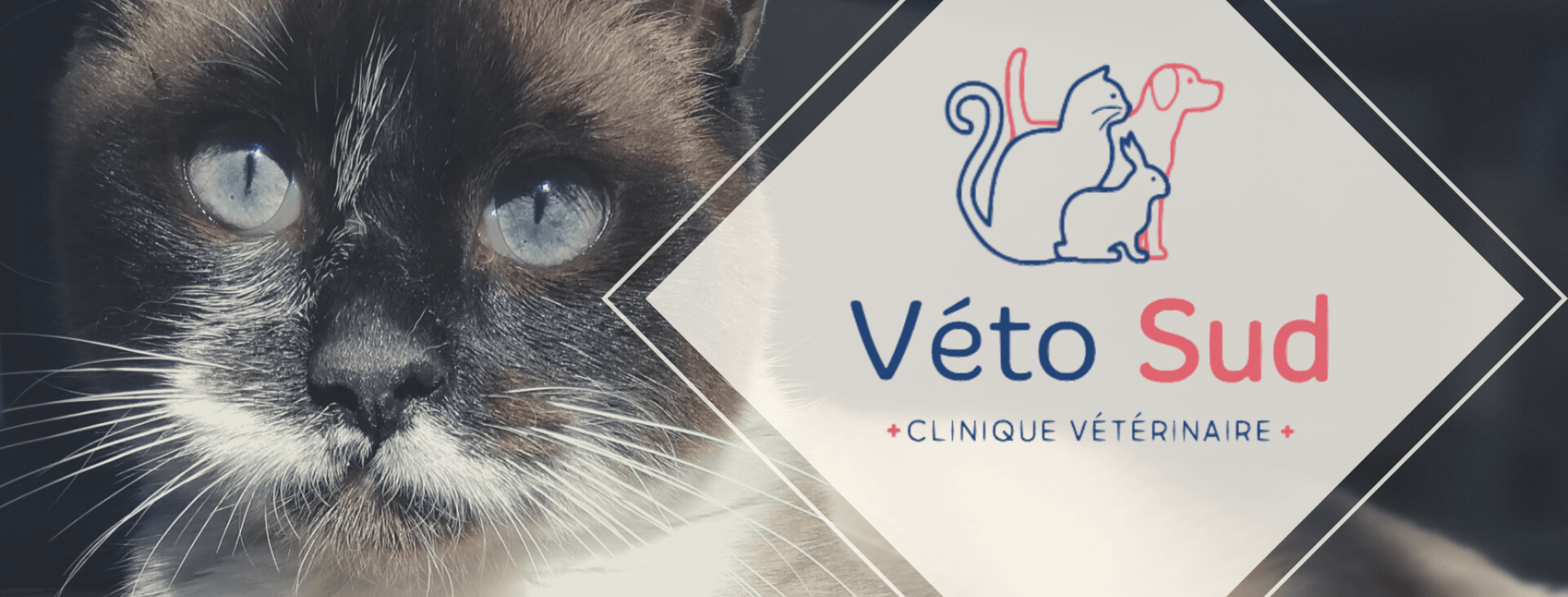Health info sheet
Fleas
Fleas are biting insects frequently encountered in dogs and cats.
The most common flea is Ctenocephalides felis, a cat flea but which is often found in dogs. The adults stay on the animal and feed on blood by bite. The females lay eggs (up to 50 per day) which fall into the animal's environment, give several larval stages, then a nymph in its cocoon, finally a “pre-emergent” adult which remains under the shelter of the cocoon several weeks, sometimes up to 6 months. During the passage of a new host, the pre-emerging stages emerge from the cocoon, pass over the host and sting it. Contamination mainly takes place in the animal's environment when it finds itself on “hot spots” (sleeping areas, rugs, carpets, armchairs, wooden floors, car, etc.).
The most common flea is Ctenocephalides felis, a cat flea but which is often found in dogs. The adults stay on the animal and feed on blood by bite. The females lay eggs (up to 50 per day) which fall into the animal's environment, give several larval stages, then a nymph in its cocoon, finally a “pre-emergent” adult which remains under the shelter of the cocoon several weeks, sometimes up to 6 months. During the passage of a new host, the pre-emerging stages emerge from the cocoon, pass over the host and sting it. Contamination mainly takes place in the animal's environment when it finds itself on “hot spots” (sleeping areas, rugs, carpets, armchairs, wooden floors, car, etc.).
Under optimal conditions, an adult flea can give birth to several thousand fleas in a few weeks. Emerging fleas can sometimes accidentally bite humans.
The clinical signs associated with the presence of fleas are essentially dermatological.
The presence of fleas has an irritating effect on the animal's skin. Bites cause itching causing the animal to lick and scratch. Examination of the skin reveals the presence of pimples (papules) corresponding to bites. Brushing the hair with a fine comb sometimes reveals adult fleas or flea droppings, indirect witnesses of the presence of fleas.
The clinical signs associated with the presence of fleas are essentially dermatological.
The presence of fleas has an irritating effect on the animal's skin. Bites cause itching causing the animal to lick and scratch. Examination of the skin reveals the presence of pimples (papules) corresponding to bites. Brushing the hair with a fine comb sometimes reveals adult fleas or flea droppings, indirect witnesses of the presence of fleas.
Some individuals show particular sensitivity to flea saliva and develop signs of flea bite hypersensitivity dermatitis, with lesions on the lower back, base of the tail, back of the thighs, with hair loss , scabs, scales and itching.
Fleas also serve as a vector for certain diseases, for example hemobartonellosis in cats, and are likely to transmit when ingested by licking the coat an intestinal parasite called Dipylidium whose rings look like grains of rice eliminated by the anus.
Fleas also serve as a vector for certain diseases, for example hemobartonellosis in cats, and are likely to transmit when ingested by licking the coat an intestinal parasite called Dipylidium whose rings look like grains of rice eliminated by the anus.
The effective treatment of fleas is based on a number of inescapable rules:
- treat all animals living under the same roof.
- use products adapted to each animal, its physiological stage and its way of life.
- use products that act on all the physiological stages of the flea cycle.
- respect the protocols for use: mode of application, frequency, duration of treatment. It is sometimes necessary to treat all year round in some animals.
- treat the environment with suitable products blocking the growth of flea larvae. This step is often essential to eliminate the main source of contamination.


